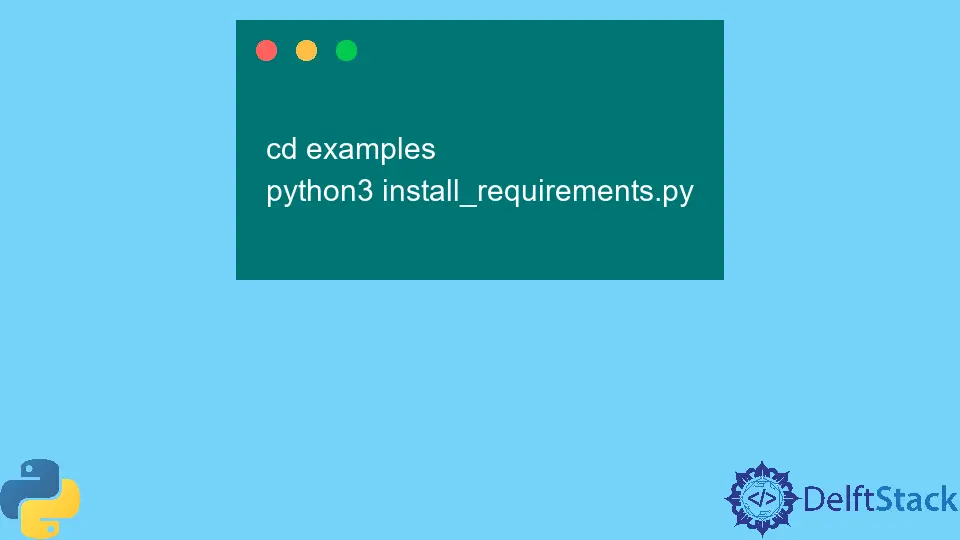How to Getting Started With OAK-1 Camera Boards

OpenCV AI Kit (OAK) is MIT-licensed open-source camera boards for artificial intelligence (AI) and onboard computer vision (CV) processing. The OAK provides us with two types of hardware boards, OAK-1 and OAK-D and the OAK API software.
In this article, we will see what is the OpenCV AI Kit (OAK-1) camera all about, its specification and software installation steps.
Introduction to OpenCV AI Kit (OAK-1) Camera
The OAK boards are built on top of Myriad X Architecture, a Visual Processing Unit (VPU) built specifically for computer vision processing and artificial intelligence. In the OpenCV AI Kit (OAK) box, you get the OAK-1 camera, a USB type-C cable, microfiber cloth and an OpenCV AI Kit sticker.
OAK-1 Camera Specifications
- Image Sensor: IMX378 image sensor by Sony
- The image sensor provides a Max framerate of 60fps
- H.256 Framerate: 30fps
- It has a 12MP (4056 x 3040 px) resolution, which is more than 4K
- Field of view: 81 DFOV - 68.6 HFOV
- Lens Size: 1/2.3 inch
- Auto Focus: 8 cm - infinity
- F-number: 2.0
Getting Started With the OAK-1
Let’s see how to start and perform the installation steps. Here, we will see the Linux installation.
To install for other platforms, visit the installation steps for your specific platforms.
-
Connect your OAK-1 to your computer.
-
Install necessary dependencies or packages.
sudo wget -qO- https://docs.luxonis.com/install_dependencies.sh | bashIf the above command fails in some cases due to illegal instruction, then run the below command.
echo "export OPENBLAS_CORETYPE=ARMV8" >> ~/.bashrc source ~/.bashrc -
DepthAI is software for running computer vision models. To install DepthAI python API using PyPI for Linux, use the below command.
python3 -m pip install depthai -
Now that we have installed the necessary dependencies, it’s time to test the installation with an example. So, DepthAI already has various example repositories which we can clone and the example.
We will clone the repository by running the below command.
git clone https://github.com/luxonis/depthai-python.git cd depthai-python -
Now, you have to install the requirements for this repository by going inside the
examplesfolder.cd examples python3 install_requirements.py -
Finally, run the below command.
python3 ColorCamera/rgb_preview.py
If everything goes well, you’ll see a small new window with a video playing inside it. This indicates that you have successfully set up your environment with all the necessary dependencies.
Programming Language
The OAK boards support two programming languages, Python and C++. And the OAK API software itself is completely developed using the C++ programming language.
Compatibility
The OAK boards support all the platforms that are listed below.
- Linux
- Mac
- Windows
- Raspberry Pi OS
- Jetson Nano / Xavier
If you want to understand and learn more about the OAK-1 boards, you can visit the official page of the OpenCV AI Kit.
Conclusion
The Oak-1board was developed by OpenCV called OpenCV AI Kit. It provides a great way of learning, working and playing with the latest technologies like computer vision and artificial intelligence.
They come at affordable prices, making them easy and accessible for people to work with these boards. You can try these OAK boards if you want to learn more about computer vision or artificial intelligence and build applications related to these areas.
Sahil is a full-stack developer who loves to build software. He likes to share his knowledge by writing technical articles and helping clients by working with them as freelance software engineer and technical writer on Upwork.
LinkedIn